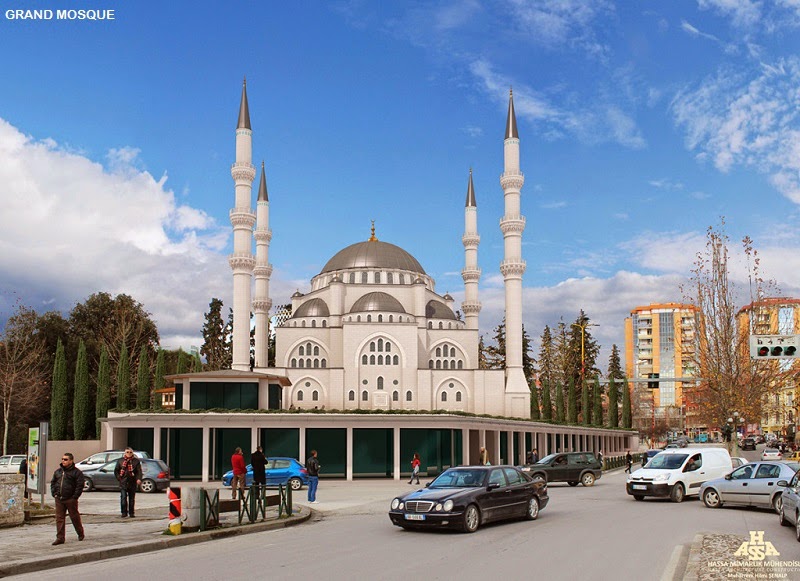The area occupied by Tirana has been population since Paleolithic times dating back 10,000 to 30,000 years ago as suggested by evidence from tools found near Mount Dajt's quarry and in Pellumba Cave. As argued by various archaeologists, Tirana and its suburbs are filled with Illyrian toponyms as its precincts are some of the earliest regions in Albania to be inhabited.
The oldest discovery in downtown Tirana was a Roman house, later transformed into an aisleless church with a mosaic-floor, dating back to the 3rd century A.D., with other remains found near a medieval temple at Shengjin Fountain in eastern suburbs.
A castle possibly called Tirkan or Theranda whose remnants are found along Murat Toptani Street, was built by Emperor Justinian in 520 AD and restored by Ahmed Pasha Toptani in the 18th century. The area had no special importance in Illyrian and classical times. In 1510, Marin Barleti, an Albanian Catholic priest and scholar, in the biography of the Albanian national hero Skanderbeg, Historia de vita et gestis Scanderbegi Epirotarum principis (The story of life and deeds of Skanderbeg, the prince of Epirotes), referred to this area as a small village.
.jpg)
.JPG)
.jpg)
.JPG)
.jpg)
.jpg)
.jpg)
.jpg)
.jpg)
.jpg)
.jpg)
.jpg)
.JPG)
.jpg)
.jpg)
.jpg)
.jpg)
.jpg)
.jpg)
.jpg)



.jpg)
.jpg)

.jpg)
+(1).jpg)
.jpg)
.jpg)

0 comments:
Post a Comment